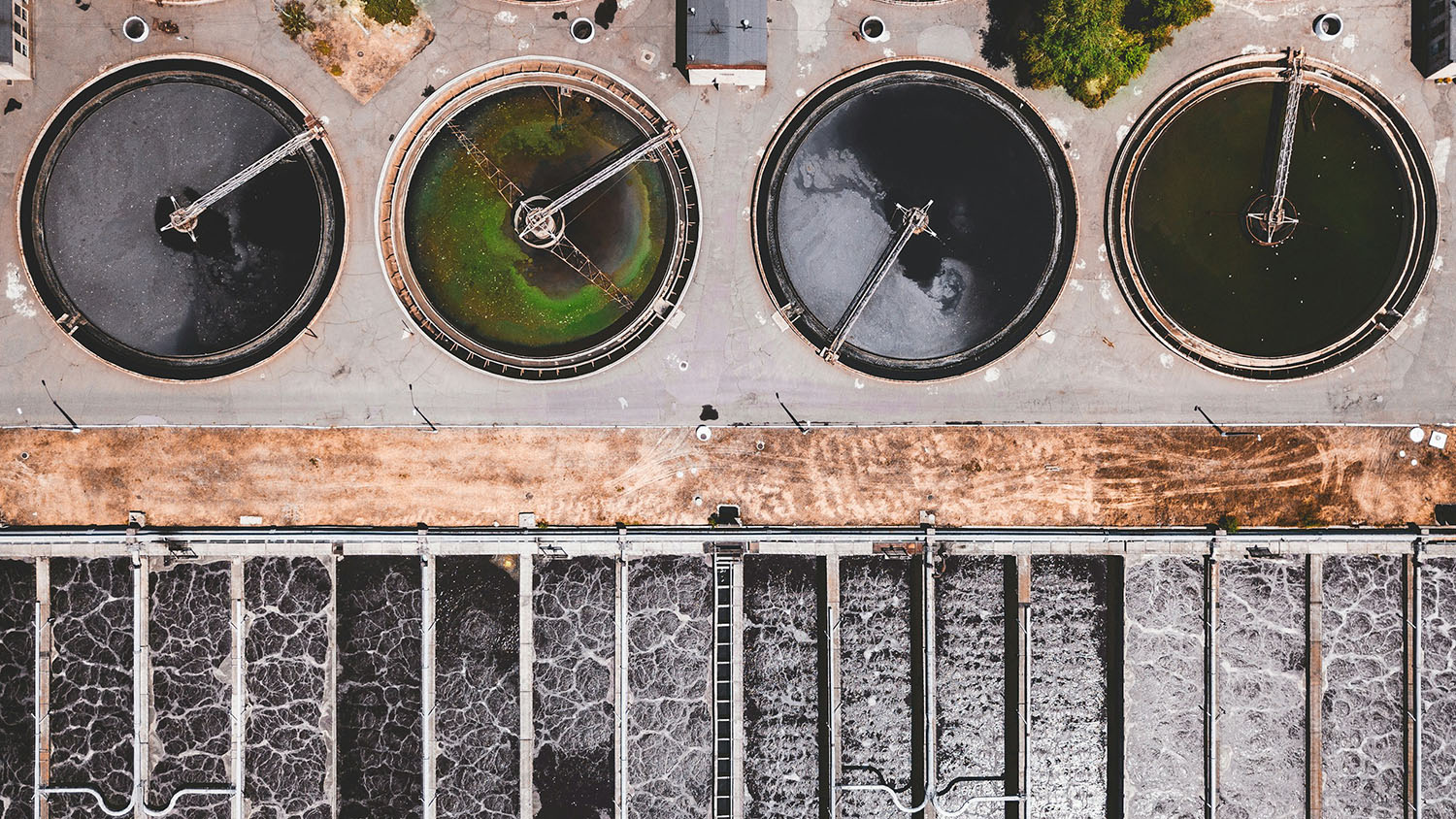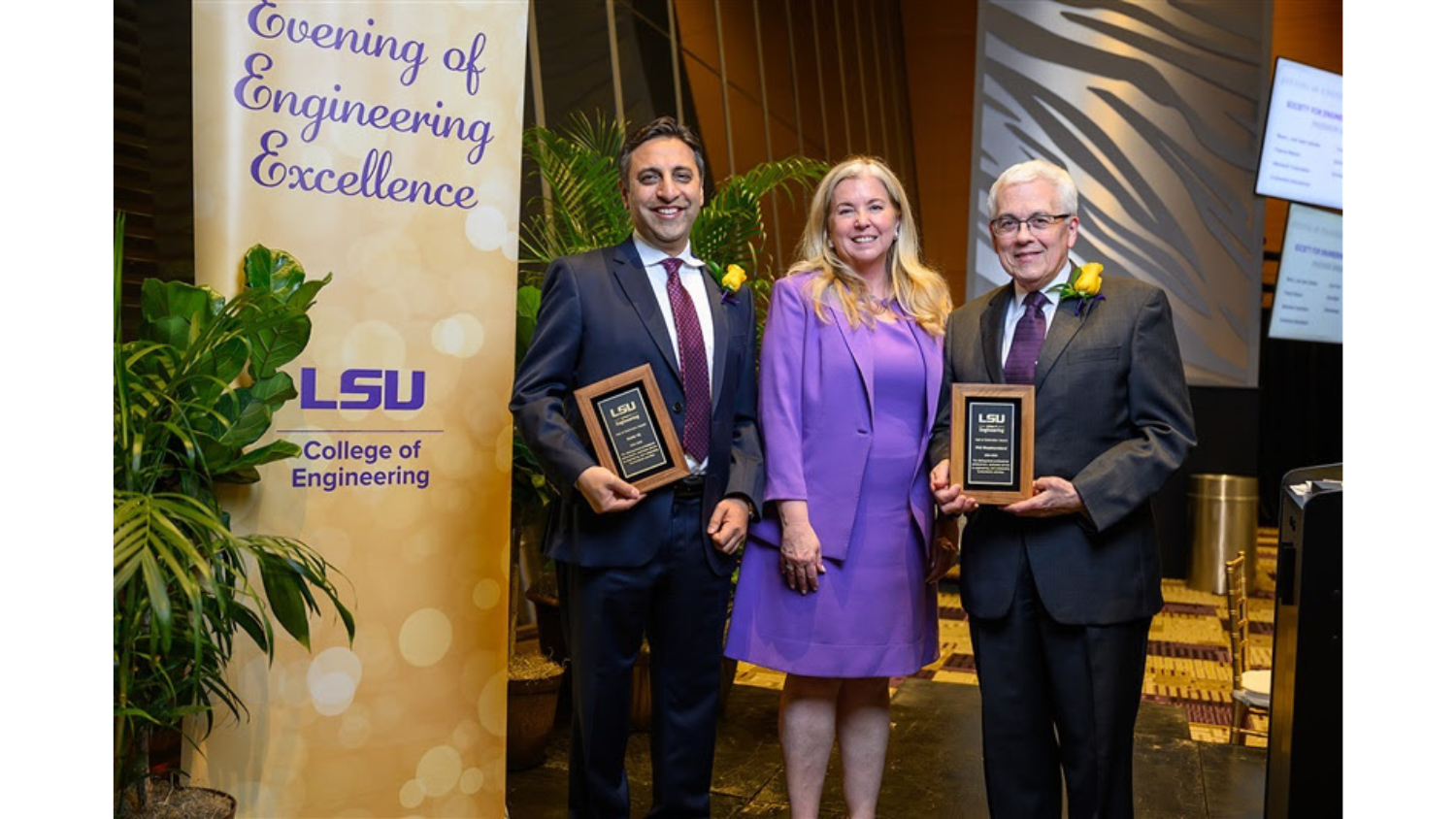Liquid Metal Coating Creates Effective Antiviral, Antimicrobial Fabric
This is a modified version of an article written by Tracey Peake, Public Communications Specialist in University Communications.
Professor Michael Dickey and his colleagues have used liquid gallium to create an antiviral and antimicrobial coating and tested it on a range of fabrics, including facemasks. The coating adhered more strongly to fabric than some conventional metal coatings, and eradicated 99% of several common pathogens within five minutes.
“Microbes can survive on the fabrics hospitals use for bedding, clothing and face masks for a long time,” says Prof. Dickey, co-corresponding author of a paper on the work and the Camille & Henry Dreyfus Professor of Chemical and Biomolecular Engineering. “Metallic surface coatings such as copper or silver are an effective way to eradicate these pathogens, but many metal-particle coating technologies have issues such as non-uniformity, processing complexity, or poor adhesion.”
Dickey and colleagues from NC State, Sungkyunkwan University (SKKU) in Korea and RMIT University in Australia set out to develop a simple, cost-effective way to deposit metal coatings on fabric.
First, the researchers placed liquid gallium (Ga) into an ethanol solution and used sound waves – a process known as sonication – to create Ga nanoparticles. The nanoparticle solution was then dip coated onto the fabric. The Ga adhered to the fibers as the ethanol evaporated.
Then the researchers dipped the Ga-coated fabric into a copper sulfate solution, creating a spontaneous galvanic replacement reaction. The reaction deposits copper onto the fabric, creating a coating of liquid metal/copper alloy nanoparticles.

To test the coated fabric’s antimicrobial properties, the research team exposed the fabric to three common microbes: Staphylococcus aureus, Escherichia coli, and Candida albicans. These microbes grow aggressively on non-coated fabrics. The copper alloy coated fabric eradicated over 99% of the pathogens within five minutes, which was significantly more effective than control samples coated with only copper.
The team collaborated with Dr. Elisa Crisci, assistant professor of virology at NC State, and Dr. Frank Scholle, associate professor of biological sciences at NC State, to show that the coatings also work against viruses. The coatings were tested against human influenza (H1N1) and coronavirus HCoV 229E, which is in the same family as SARS-CoV-2. The coatings eradicated the viruses after five minutes. CBE Prof. Nathan Crook provided antimicrobial characterization of the fabrics.
“Our tests indicate that these liquid metal, copper coated fabrics demonstrate superior antimicrobial performance compared to other copper coated surfaces and two commercial antimicrobial facemasks that rely on copper and silver respectively,” says Dr. Vi Khanh Truong, a Vice Chancellor’s Postdoctoral Fellow at RMIT who’s a visiting Fulbright Scholar and co-corresponding author of the research.
“This is a better method for generating metal coatings of fabrics, particularly for antimicrobial applications, both in terms of adhesion and antimicrobial performance,” says Dr. Ki Yoon Kwon, postdoctoral associate at SKKU and first author of the work.
“It could also work with metals other than copper, such as silver,” says Tae-il Kim, co-corresponding author of the research and professor at SKKU. “It is also a simple method, which should be relatively straightforward to scale up for mass production.”
The research appears in Advanced Materials and is supported by the National Research Foundation of Korea. Visiting Fulbright Scholar Samuel Cheeseman of RMIT University also contributed to the work.


